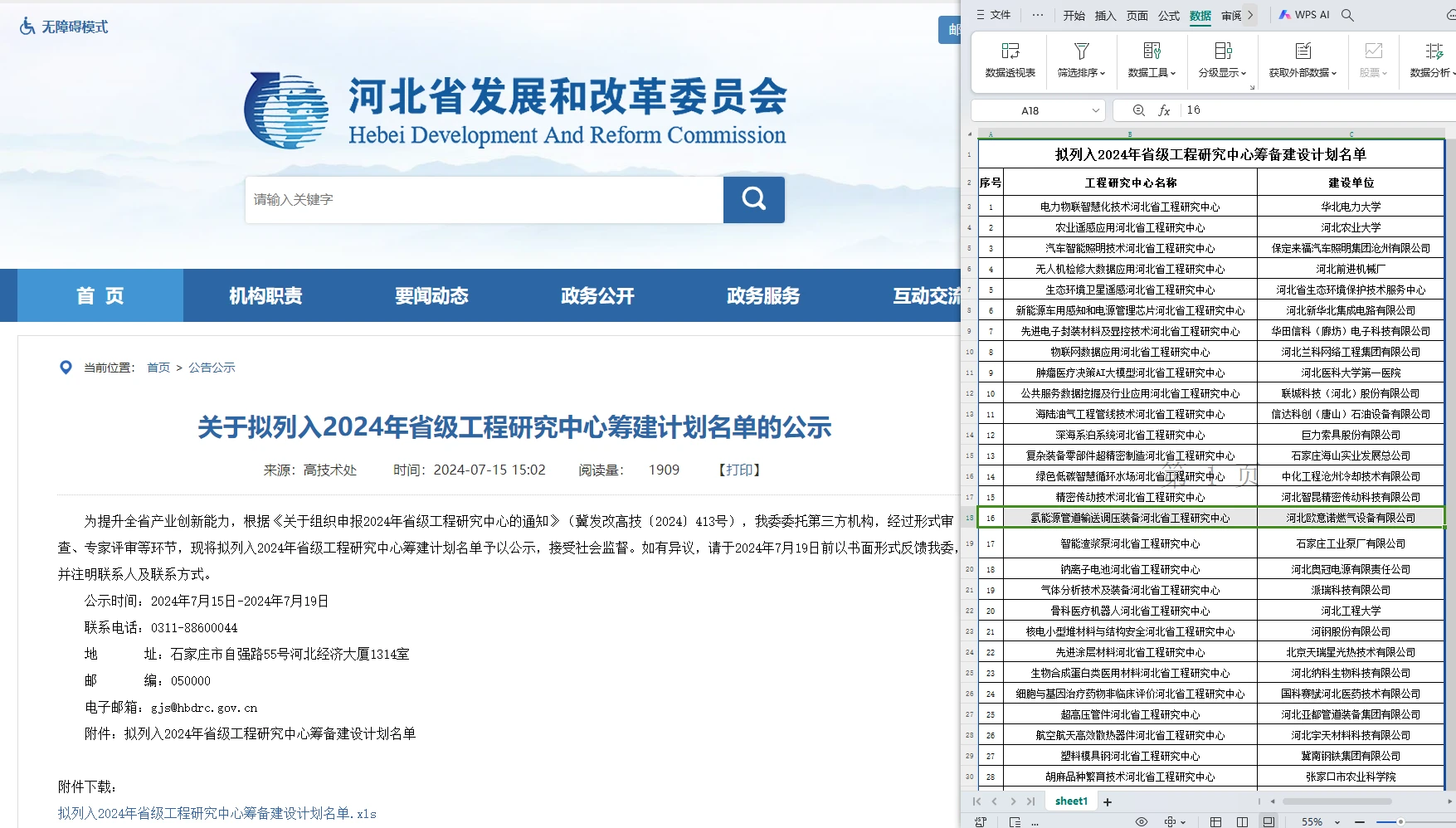
Nov . 18, 2024 06:05
Back to list
Overview of Natural Gas Pressure Regulation Devices and Their Functionality
Understanding Natural Gas Pressure Reducers Importance, Function, and Applications
Natural gas is a crucial energy source widely used for heating, cooking, and electricity generation. However, the high pressure at which natural gas is transported poses a risk if it is not properly managed. This is where natural gas pressure reducers come into play. These devices are essential for ensuring the safe and efficient use of natural gas in residential, commercial, and industrial applications.
A natural gas pressure reducer, also known as a pressure regulator, is a device that reduces the incoming high pressure of natural gas to a lower, manageable pressure suitable for use in appliances and equipment. The primary function of a pressure reducer is to maintain a consistent output pressure, regardless of fluctuations in the input pressure. This is crucial because natural gas systems require specific pressure levels to operate safely and effectively.
The typical operation of a pressure reducer involves a diaphragm mechanism. As the high-pressure gas enters the regulator, it acts on a diaphragm that moves to adjust the valve opening. This action modulates the flow of gas, maintaining the output pressure within a predetermined range. By doing this, the reducer ensures that the appliances connected to the gas supply receive a steady flow of gas at the required pressure. Without a pressure reducer, the varying pressure could lead to appliance malfunction, inefficient gas usage, or even hazardous situations such as leaks or explosions.
natural gas pressure reducer

Pressure reducers come in various designs and sizes, tailored to different applications. For residential use, these devices are typically compact and easy to install. In commercial and industrial settings, larger and more complex regulators are employed to manage higher gas flows and pressures. It's essential to select the correct pressure reducer for a specific application to ensure optimal safety and performance.
In addition to safety and performance, pressure reducers also contribute to energy efficiency. By regulating the gas pressure and optimizing its flow, these devices help reduce gas wastage. This not only lowers energy costs for users but also contributes to environmental conservation by minimizing unnecessary gas emissions.
Regular maintenance and inspection of natural gas pressure reducers are vital to ensure their long-term functionality. Over time, components may wear out or become less effective, which can lead to pressure irregularities. Maintaining the reducer includes checking for leaks, ensuring proper calibration, and replacing worn parts. Such proactive measures not only safeguard the appliances connected to the gas line but also enhance overall system reliability.
In conclusion, natural gas pressure reducers are fundamental components in the safe and efficient use of natural gas. They play a significant role in regulating gas pressure, ensuring the proper functioning of appliances, and promoting energy efficiency. Whether in a home kitchen or an industrial facility, these devices are indispensable for managing natural gas supply. Understanding their function and importance underscores the need for regular maintenance and proper selection to maintain a safe and efficient gas distribution system. As energy demands continue to grow, the effectiveness of natural gas pressure reducers will play a pivotal role in meeting these needs while promoting safety and sustainability.
Next:
Latest news
-
Safety Valve Spring-Loaded Design Overpressure ProtectionNewsJul.25,2025
-
Precision Voltage Regulator AC5 Accuracy Grade PerformanceNewsJul.25,2025
-
Natural Gas Pressure Regulating Skid Industrial Pipeline ApplicationsNewsJul.25,2025
-
Natural Gas Filter Stainless Steel Mesh Element DesignNewsJul.25,2025
-
Gas Pressure Regulator Valve Direct-Acting Spring-Loaded DesignNewsJul.25,2025
-
Decompression Equipment Multi-Stage Heat Exchange System DesignNewsJul.25,2025

